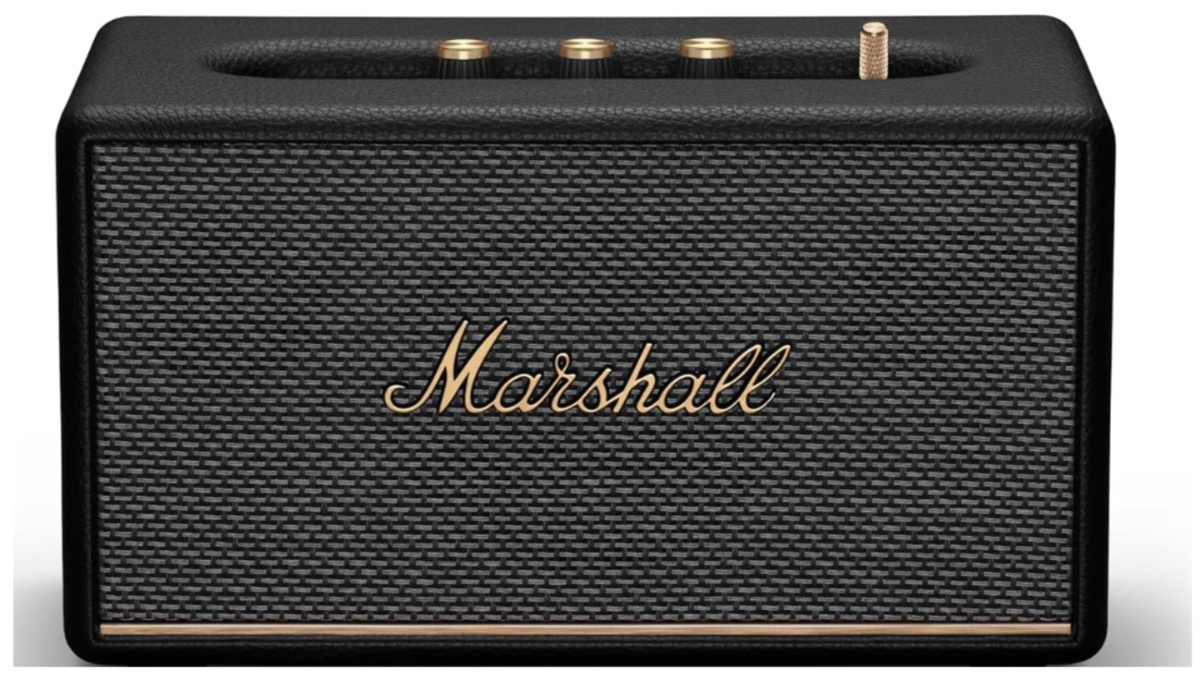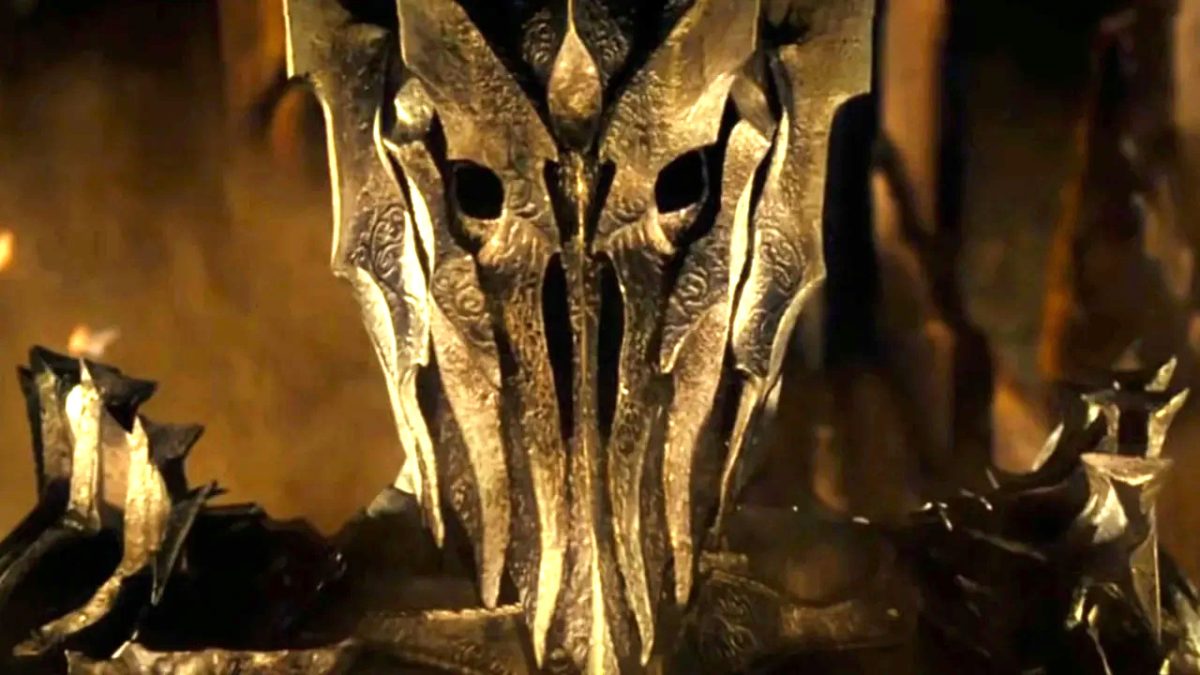
For its time, Goodfellas possessed an energy that was relatively unprecedented. It was snappy. Not only was the pace of the editing beautifully manic at times, but the energy exuded by its performers made the gangster life seem like one we’d all want to have, and by the end, that same energy made the results of that life even more devastating.
Wall Street is an even higher energy environment than the 1960s and 70s mob scene (or most anywhere else for that matter), and The Wolf of Wall Street had to reflect that. This was the 80s after all, and one of the first pieces of paternal boss advice Matthew McConaughey’s character gives to the young Jordan Belfort is to use cocaine (also: masturbate more). So of course this story is going to have an even more manic energy than the child’s play that was Henry Hill’s crew—the financial stakes are higher, the drugs more plentiful, and the cultural and legal regulations seemingly inapplicable. The energy expended in the highs, though, also leads to the lows reaching far greater depths.
Scorsese experimented far more with improvisation in this film than any he has made before, so he says, and it’s one reason Jonah Hill’s contribution can’t be understated. Both Scorsese and DiCaprio cite Hill’s improvisational prowess as a driver of the film’s spontaneous flow. It also gives it an incredibly contemporary (you could say Apatow-esque) feel to its humor.
Continue reading on the next page…










Published: Jan 8, 2014 10:00 am